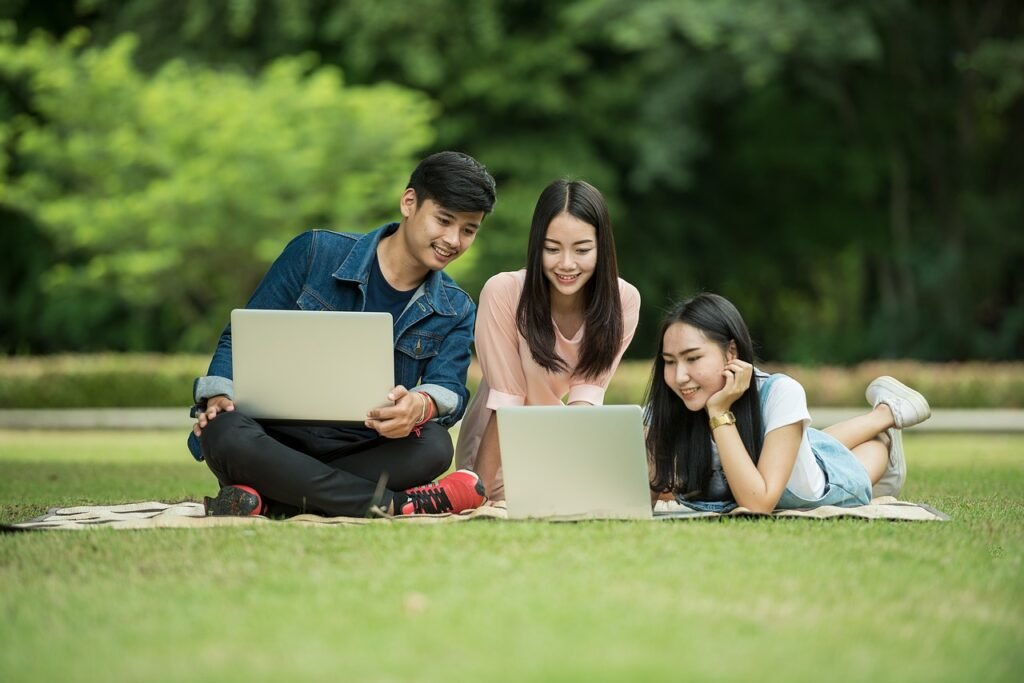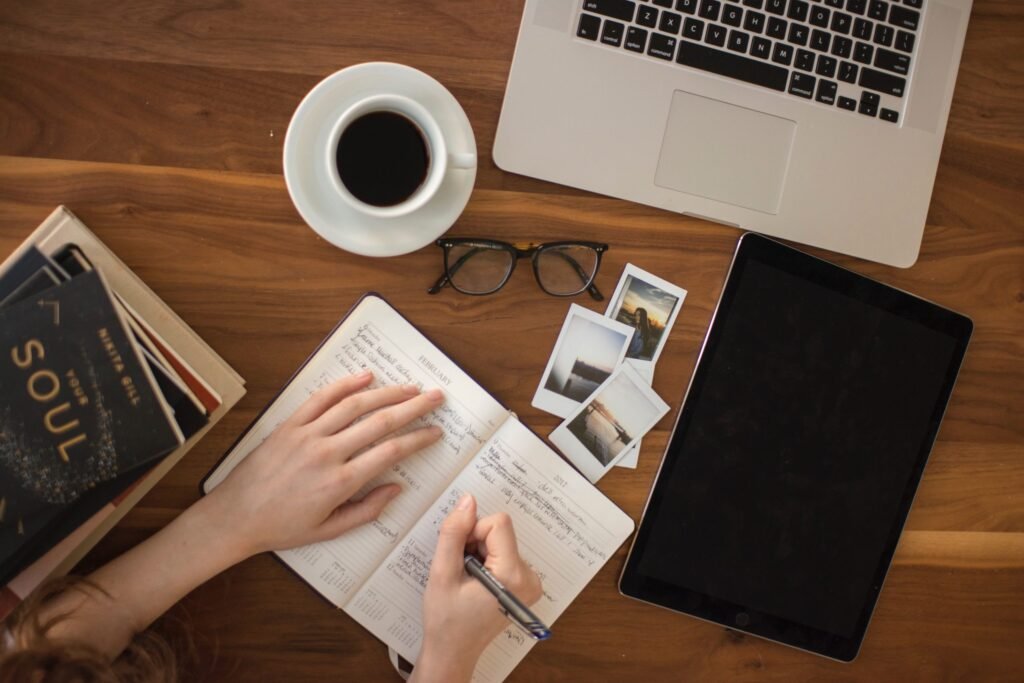Study techniques are strategies and methods that students use to improve their learning and retention of information. These techniques can be particularly helpful for students who are struggling to keep up in school, or who want to improve their grades. There are a wide range of study technique that students can use, and finding the right techniques for you can be a key to success in school.
In this article, we will explore 10 of the best study techniques for students. These techniques include creating a study schedule, taking breaks and varying your study environment, using the Cornell Method for note-taking, using mnemonic devices to remember information, practicing active learning techniques, using visualization techniques to understand complex concepts, using memory games and other memory techniques, utilizing technology to study, finding a study group or tutor, and more. By using these techniques, students can improve their learning and retention of information, and set themselves up for success in school.
9 study techniques you need to master
| Technique | Summary |
| Create a study schedule | Time management is crucial for success in school, and having a plan for when and where you will study can help you to stay organized and on track. |
| Take breaks and vary your study environment | Taking breaks is an important part of the study process, and can help to improve focus and concentration. Varying your study environment can also help to keep you focused and engaged. |
| Use the Cornell Method for note-taking | The Cornell Method is a note-taking technique that can help students to organize and review their notes more effectively. |
| Use mnemonic devices to remember information | Mnemonic devices are strategies that use memory tricks to help students remember information more easily. |
| Practice active learning techniques | Active learning techniques involve actively engaging with the material being studied, rather than simply reading or listening to it passively. |
| Use visualization techniques to understand complex concepts | Visualization techniques involve creating mental images or diagrams to understand and remember complex concepts. |
| Use memory games and other memory techniques | Memory games and techniques can be a fun and effective way for students to improve their memory and retention of information. |
| Utilize technology to study | There are many different technology tools that students can use to study, including educational apps, online study guides, and electronic flashcards. |
| Find a study group or tutor | Studying with others can be a helpful way for students to improve their understanding and retention of information. |
9 study techniques for students
Create a study schedule:
One of the best study techniques for students is to create a study schedule. Time management is crucial for success in school, and having a plan for when and where you will study can help you to stay organized and on track.
To create an effective study schedule, start by making a list of all of your upcoming assignments and exams. Next, block out time in your schedule for each of these tasks. Be sure to allow for breaks and down time, as well as time for extracurricular activities and other commitments.
It can also be helpful to vary your study environment, as this can help to keep you focused and engaged. Consider studying in different locations, such as a quiet library or a coffee shop, to see what works best for you.
Take breaks and vary your study environment:
Taking breaks is an important part of the study process. Studies have shown that taking breaks can help to improve focus and concentration, and can make studying more enjoyable.
To make the most of your breaks, try to do something active or engaging, such as going for a walk or chatting with a friend. Avoid activities that are too stimulating, such as watching TV or playing video games, as these can be distracting.
In addition to taking breaks, it can be helpful to vary your study environment. Different locations can have different impacts on your focus and productivity. For example, some people find that they work better in quiet, isolated locations, while others prefer a more social atmosphere. Experiment with different locations to see what works best for you.
Use the Cornell Method for note-taking:
The Cornell Method is a note-taking technique that can help students to organize and review their notes more effectively. To use the Cornell Method, start by dividing your note paper into three sections: a narrow left-hand column, a wider right-hand column, and a small section at the bottom.
During a lecture or while reading a textbook, take notes in the right-hand column. After the lecture or reading, go back and review your notes, and write a summary of the main points in the left-hand column. Finally, use the bottom section to write a list of questions or topics that you would like to review further.
By using the Cornell Method, students can more effectively review and retain the information they have learned.
Use mnemonic devices to remember information:
Mnemonic devices are strategies that use memory tricks to help students remember information more easily. There are many different mnemonic devices that students can use, including acronyms, rhymes, and visual aids.
Acronyms are words formed from the first letters of a list of items. For example, the acronym HOMES can be used to remember the five Great Lakes: Huron, Ontario, Michigan, Erie, and Superior.
Rhymes can also be helpful for remembering information. For example, “30 days has September, April, June, and November” is a rhyme that helps people remember the number of days in each month.
Visual aids, such as diagrams and charts, can also be helpful for remembering information. By creating a visual representation of the information you are trying to learn, you can better understand and retain it.
By using mnemonic devices, students can improve their memory and retention of information.
Practice active learning techniques:
Active learning techniques are strategies that involve actively engaging with the material being studied, rather than simply reading or listening to it passively. There are many different active learning techniques that students can use, including discussion groups, role-playing, and concept mapping.
Discussion groups involve discussing the material being studied with a group of classmates. This can help students to better understand the material and to retain it more effectively.
Role-playing involves acting out a particular scenario or concept in order to better understand it. This can be a helpful technique for understanding complex concepts or practicing communication skills.
Concept mapping involves creating a visual representation of the relationships between different concepts. This can be a helpful technique for organizing and understanding complex information.
By practicing active learning techniques, students can more effectively engage with and understand the material they are studying.
Use visualization techniques to understand complex concepts:
Visualization techniques involve creating mental images or diagrams to understand and remember complex concepts. These techniques can be particularly helpful for students who are visual learners.
One visualization technique that students can use is mind mapping, which involves creating a visual representation of the relationships between different concepts. Another technique is concept mapping, which involves creating a diagram of the relationships between different concepts.
Students can also create their own visual aids, such as diagrams or charts, to help them understand and remember complex concepts.
By using visualization techniques, students can better understand and retain complex information.
Use memory games and other memory techniques:
Memory games and techniques can be a fun and effective way for students to improve their memory and retention of information. There are many different memory games and techniques that students can try, including memory palace, spaced repetition, and the memory palace.
Memory palace involves creating a mental image of a familiar place, and then associating information with specific locations within that place. For example, a student could imagine walking through their house, and placing specific pieces of information in each room.
Spaced repetition involves reviewing information at increasingly longer intervals. For example, a student might review their notes on the first day after a lecture, again a week later, and then once more a month later. This can help to reinforce the information and improve retention.
The memory palace involves creating a mental image of a familiar place, and then associating specific pieces of information with specific locations within that place. For example, a student might imagine walking through their house, and placing specific pieces of information in each room.
By using memory games and techniques, students can improve their memory and retention of information.
Utilize technology to study:
Technology can be a powerful tool for students who are looking to improve their studying and learning. There are many different technology tools that students can use to study, including educational apps, online study guides, and electronic flashcards.
Educational apps are a great way for students to learn on the go. Many apps offer interactive lessons and quizzes that can help students to better understand and retain the material.
Online study guides, such as Quizlet or StudyBlue, can also be helpful for students. These sites allow students to create their own flashcards and quizzes, or to access study materials created by other students.
Electronic flashcards can be a convenient and efficient way for students to review and reinforce the information they are learning. Many apps, such as Anki or Quizlet, offer electronic flashcard options.
By utilizing technology to study, students can improve their learning and retention of information.
Find a study group or tutor:
Studying with others can be a helpful way for students to improve their understanding and retention of information. A study group can provide a supportive and collaborative environment for learning, and can also be a good way to motivate and hold each other accountable.
If a study group is not an option, finding a tutor can also be helpful. A tutor can provide personalized assistance and guidance, and can help students to better understand the material they are learning.
By finding a study group or tutor, students can improve their learning and retention of information.
Conclusion:
In conclusion, there are many different study techniques that students can use to improve their learning and retention of information. These techniques include creating a study schedule, taking breaks and varying your study environment, using the Cornell Method for note-taking, using mnemonic devices to remember information, practicing active learning techniques, using visualization techniques to understand complex concepts, using memory games and other memory techniques, utilizing technology to study, finding a study group or tutor, and more. By using a combination of these techniques, students can set themselves up for success in school.



